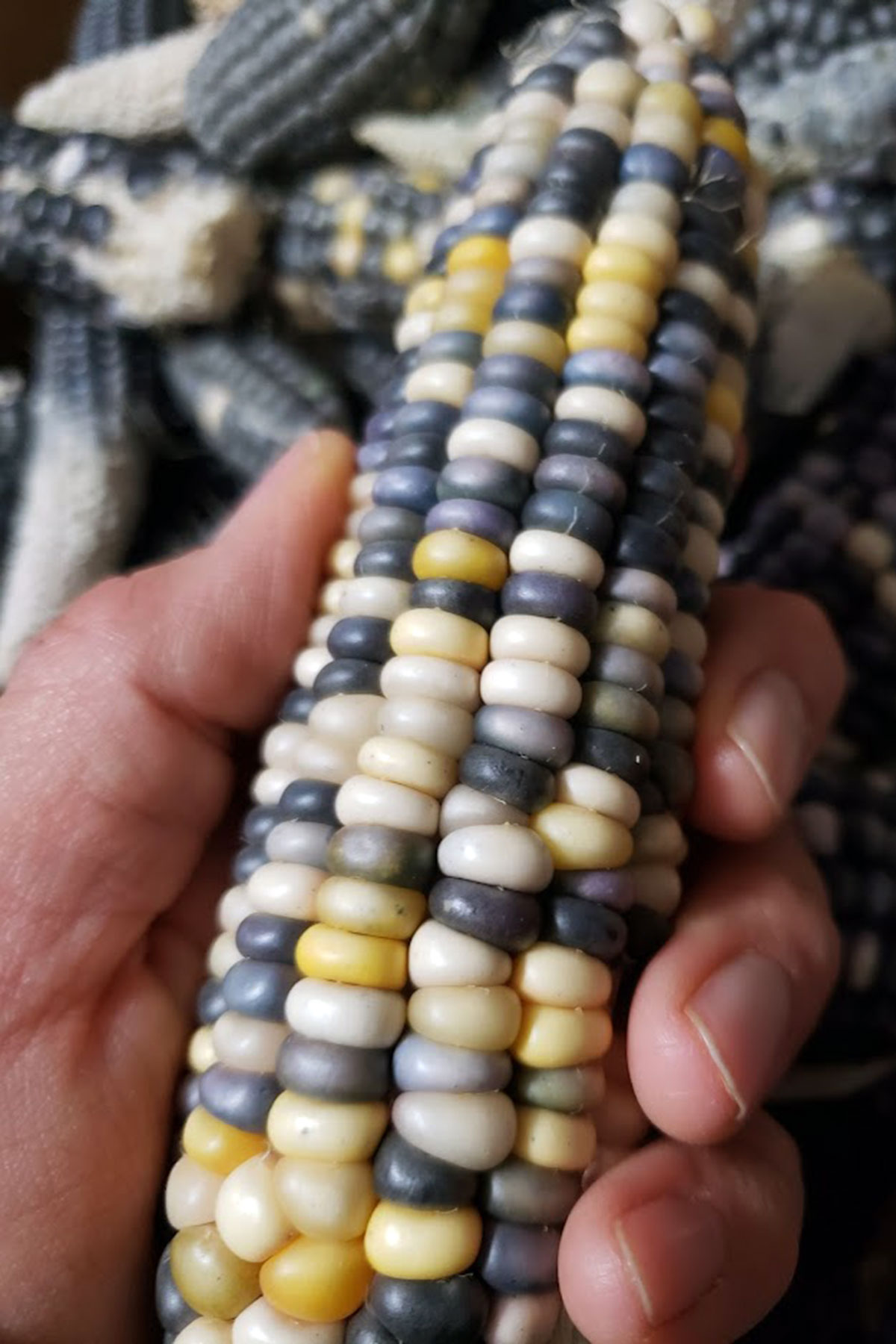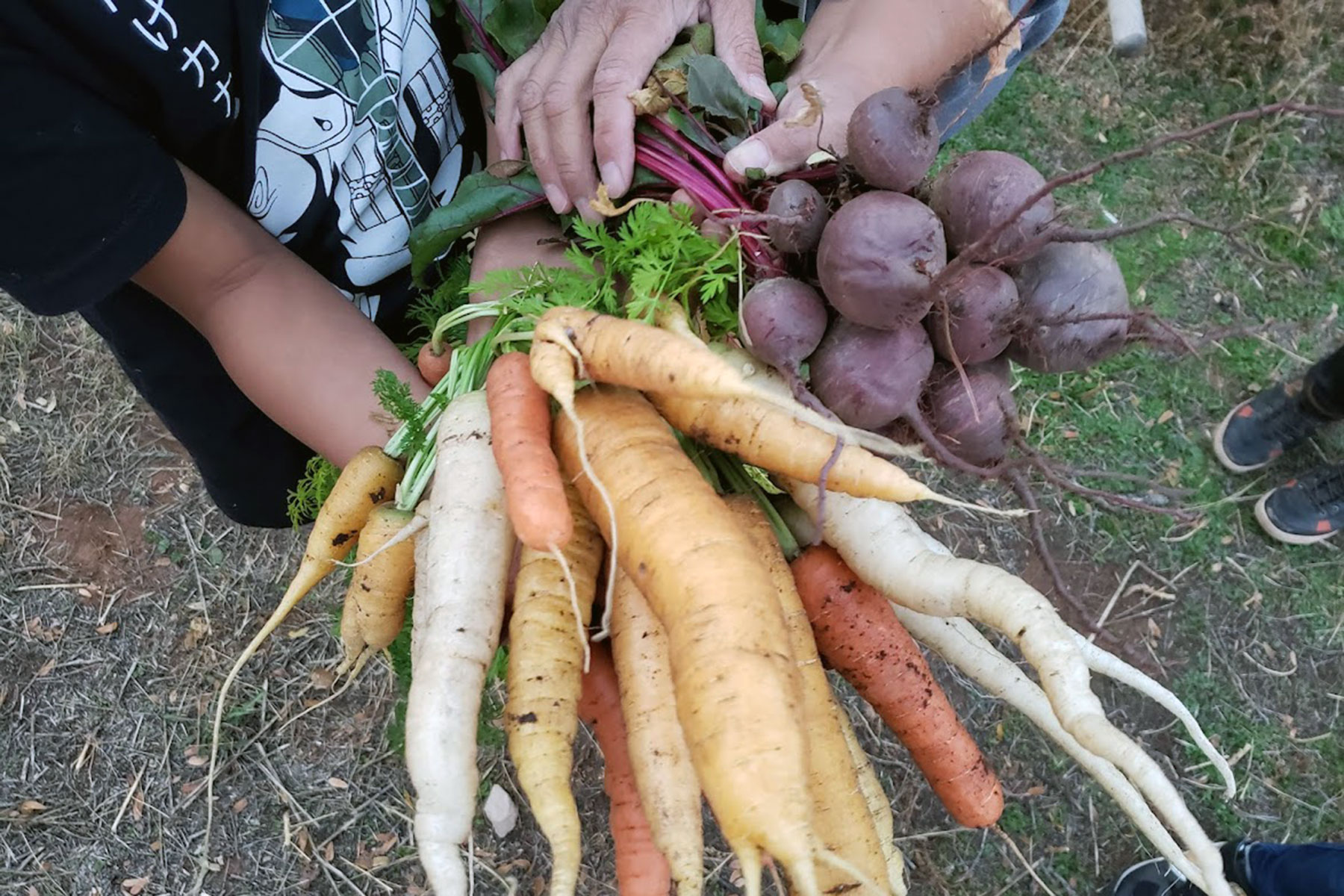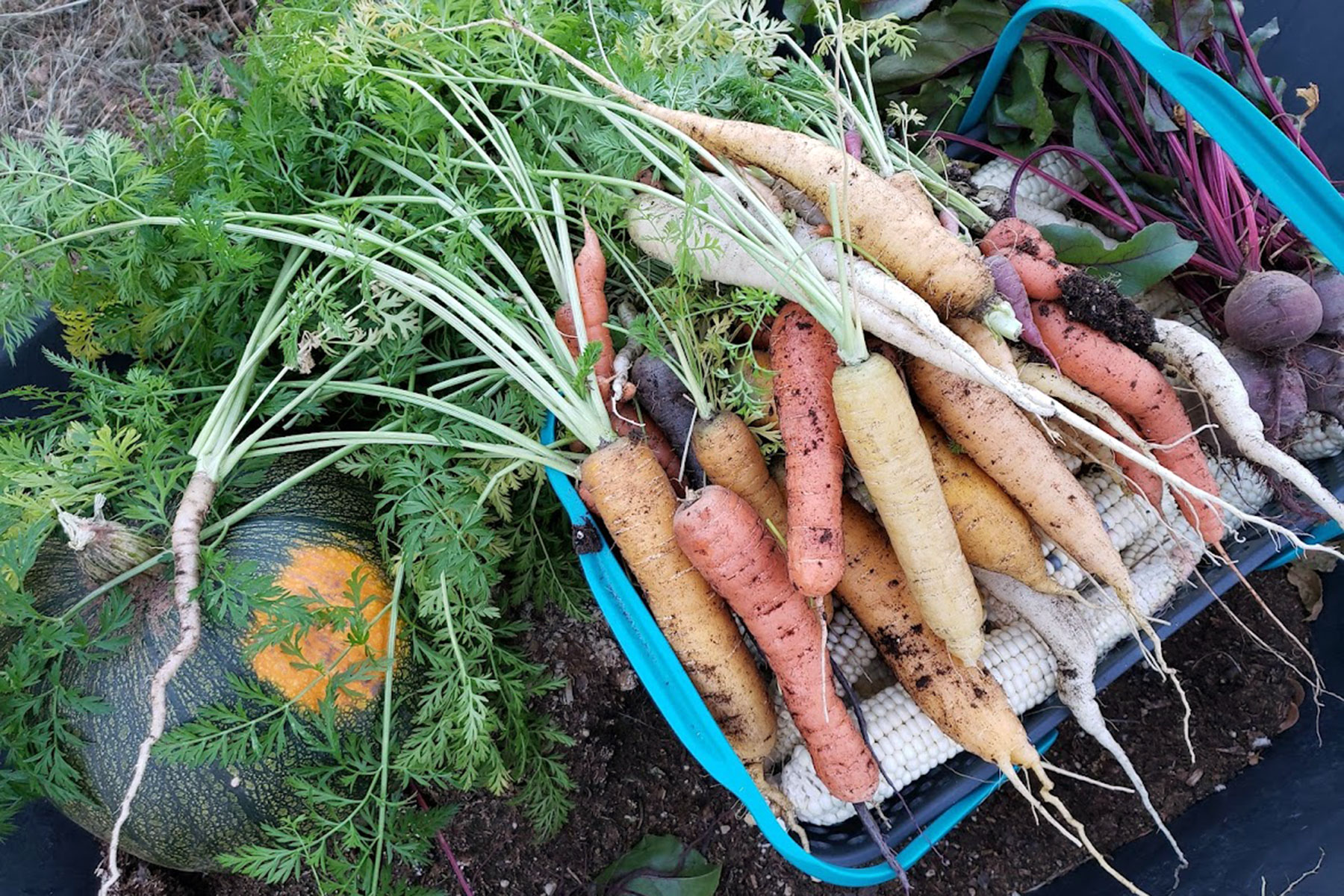Are you thinking about starting a garden this year? Or maybe you started a pandemic garden and are motivated to do a tiny bit more! I thought I would throw together some ideas to get you going or to level up your game. This can help you make plans to make your garden plentiful and fulfilling this year.
Gardening has many benefits. Not only will it supply you and your family with fresh vegetables, it can also help relieve stress, help you spend time with your friends and family and get you moving in ways you enjoy. I personally love gardening because it allows me to appreciate the beauty of the natural world and I am so proud to say, “I grew this,” when I make meals for my loved ones. Recently, I had a pizza party (we followed CDC guidelines) and we made pizza with my garlic and homegrown tomatoes that I froze in the summer of last year. It was so tasty and my guests were so impressed!
To start, the first thing you want to be mindful of when starting a garden is to have a plan in mind. Right now, is the best time to plan because it is getting warmer during the day, and you have plenty of time to get the materials you need. When making your plan, get pen and paper, and sketch out where you your garden will be. Make sure your future gardening spot gets enough sun (at least 6-8 hours); usually this is on the south side of your house. Also, place it where you have easy access to water or a faucet. If your area gets a lot of wind, have a plan in mind to block some of the wind because that can damage the plant and stunt their growth.
Next, write down basic gardening tools you already have and see what you need to get. Some of my favorites include a shovel, rake, gloves, hat, wheelbarrow (if you are making your garden large), hose, and sprinkler attachment. Also, compost is another necessity for a healthy garden. Compost helps the soil become healthier. It provides nutrients and conditions the soil. Compost is sold in garden centers or you can make your own using your kitchen waste. Finally, my recommendation is to wait to get a specific tool until you actually need it. This ensures you do not buy unnecessary tools because I certainly have been there!
Next, find out your last frost date. The last frost date is the last estimated date the night temperature will fall below 32⁰F. After this, the weather will be warm enough to successfully grow most plants. This is very important because this tells you when you can plant seeds or seedlings outside. Sometimes garden centers sell fruit and vegetable plants and seeds too early and if we plant them outside too early, they can freeze or not grow well. You can find out your last frost date by entering your city/town followed by “last frost date” into any internet search engine. For example, mine is June 1 because I live close to a mountain and it is higher in elevation. This means I have a short growing season, so I need to be well prepared to grow shorter-season fruits and vegetables.
Right now is the best time to start planning for your garden! Gardening has so many benefits and is such a great way to stay healthy. Keep these tips in mind to help you become a successful gardener.
Denee Bex is a Registered Dietitian and advocate for healthy traditional diets and home-grown foods within Native American communities. She can be reached at Denee@TumbleweedNutrition.com.






